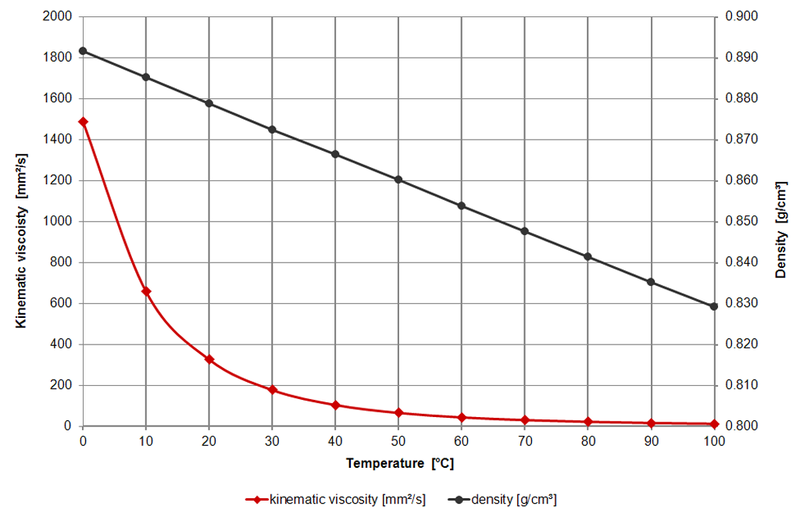

Oils can either be mono-grade meaning they only claim to meet one viscosity specification (ie. There are other ways to categorize products for use in industrial applications, but they have no place in these discussions. The two tables presented above are the one and only standard way to classify engine and gear oils in the motorcycle lubricant industry. Table 2: SAE J306 Gear & Transmission Oil Viscosity Specification Gear and transmission oils follow a similar set of requirements with required ranges of the kinematic viscosity at 100☌ and a low temperature viscosity requirement. This means that oil companies cannot produce a 10W-50 grade oil and market it as a 20W-50 even though it would technically meet and exceed all of the specifications of a 20W-50 as well. The winter grade comes first (for example: 5W-40, 10W-30, 20W-50), any oil that has a multigrade designation needs to meet all of the requirements of both grades indicated, and oil marketers are required to print the highest performance grade that the oil meets on the container of oil. Table 1 clearly designates the differences between each possible grade of engine oil defined by the SAE. Table 1: SAE J300 Engine Oil Viscosity Specification These two measurements indicate the oil’s ability to be pumped through an orifice (its flow) and its ability to let an object pass through it (its solidity). One last point of the SAE viscosity grades is a pair of low temperature viscosity requirements which are related to the “W” grades or the winter weight of an oil (hint: the W stands for winter, not weight as commonly believed). Although its name would suggest otherwise, this is not a measurement of the shearing protection an oil provides but instead the viscosity measured under different conditions than the normal kinematic viscosity that can be likened to how the oil will slide over top of itself as opposed to how it flows. In addition to the kinematic viscosity requirements for an SAE grade, there is an accompanying high temperature high shear ( HTHS) viscosity measurement to go along with each grade.


At the time of this writing, the SAE currently has six active viscosity grades (60, 50, 40, 30, 20 and 16) with another two (12 and 8) being set for future implementation. This is essentially a measurement of the “thickness” of oil and specific ranges of viscosity correspond to specific SAE viscosity grades. Kinematic viscosity is the main measurement used to differentiate the Society of Automotive Engineers (SAE) various grades of engine oils and gear oils. Although dynamic viscosity is used to measure properties in motorcycle lubricants, the kinematic viscosity is the biggest factor in classifying oils for various motorcycle applications. The second is called the dynamic viscosity and is measured by the resistance oil exerts on an object pushing through it. The first is the kinematic viscosity which is measured by the flowing characteristics of oil. There are two varieties of viscosity in which to measure oil. Oils can range from viscosities as thin as water to viscosities as thick as asphalt, so there is quite a large window of possibilities to work with when formulating lubricants. Viscosity is a measurement of an oil’s ability to flow.


 0 kommentar(er)
0 kommentar(er)
